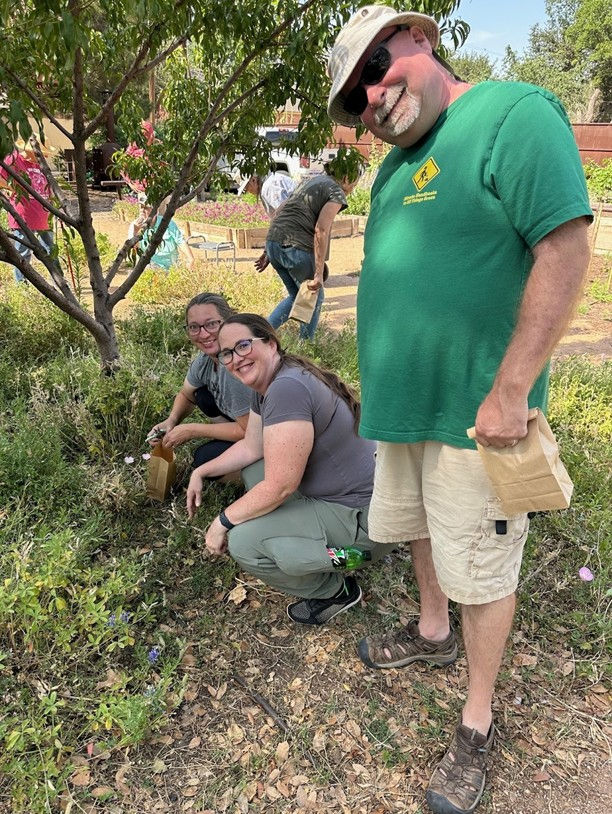Want to be a Master Gardener? Part 1
- PBMG

- Dec 7, 2022
- 2 min read

By Debbie Roland, Master Gardener
My interest in gardening didn’t start until my thirties. I was busy with work and my kids. Then, slowly, plants drew me in. I began slowing down for yards I loved and frequenting the garden departments of big box stores. I wanted a formal garden-leaning more toward hedges and trees. I think back on that part of my dream and laugh now. A family emergency changed the season of my life, and my husband and I decided it was time for me to retire.
Later, when that emergency was over, I made a call to a friend who was a Master Gardener and she sent me off on my inquiries about how to apply to become a member. I called the local extension office, filled out my application, passed the required background check, and wrote a check which pays for the books, speakers, and handouts I would receive during training. I was accepted and went to orientation in January of 2013. Thereafter I attended class one day a week for twelve weeks. I was given enormous amounts of information from professors and extension agents, as well as local Master Gardeners.
My class had sixteen “trainees” and we all had different levels of gardening knowledge. Some were already good gardeners and some had a lot less experience – like me who did not know the difference between compost and mulch. I have to admit that at the end of six hours of botany I was ready to bail but Master Gardeners who were there to help with the class assured us we would survive and we did.
There are tests every week. Don’t let that scare you off. The class works together to complete them. You learn even more when you can discuss what may or may not be the correct answer. We passed! Fourteen of us finished the class. It is amazing how you make friends when you are digging in the dirt or trying to identify plants in a pasture.
The next spring, and after graduating and becoming a trainee, I was on my hands and knees searching through the vegetable seeds at a local big box store when a person I didn’t know said “You look like you know a lot about seeds, can you help me?” I said of course I’ll help you. I am still amazed that I can do that.
I have created a mini-oasis in my backyard. We have rebuilt fences, added patios for potted plants and built raised beds that are full of native plants, vegetables and flowers that flourish in our climate. I also have two greenhouses so that I can still feed my gardening need in the winter. There is not one single hedge. My training changed my thinking and ignited my love of native as well as edible plants.
Next week the article will be what Texas A&M AgriLife is, how it relates to Master Gardeners, and what you can expect if you sign up.
Stay tuned.
If you have questions, call the AgriLife office in Odessa at 498-4071 or in Midland at 686-4700.
Additional information, and our blog for access to past articles, is available at westtexasgardening.org. Click on “Resources”.
.jpg)


Comments